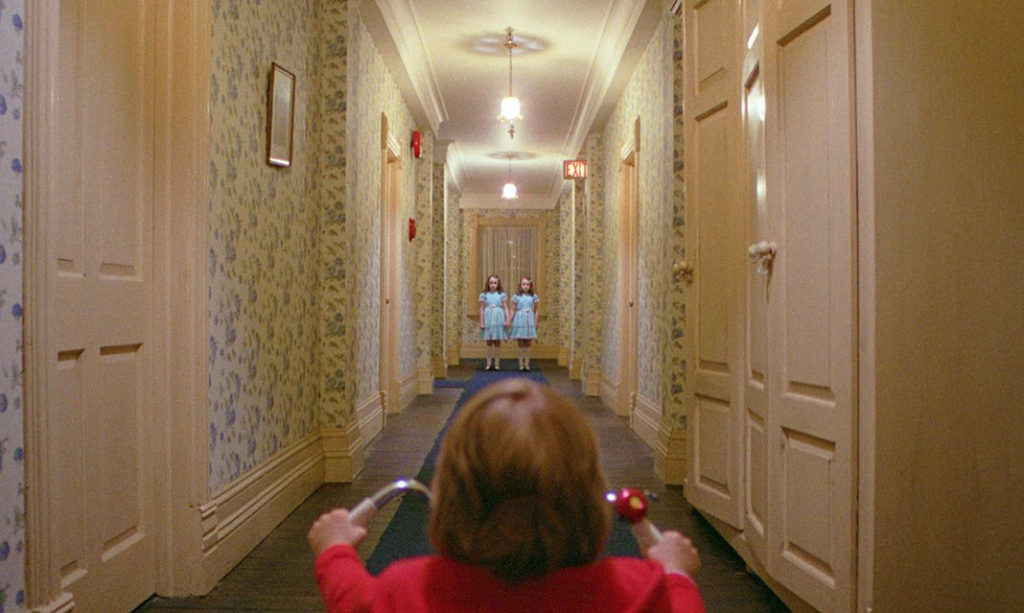What makes a good film?
Whether or not a film is good or bad is subjective, many different factors go into a good film but to me a good film has compelling characters with an interesting and unique story line usually filled with suspense, a twist or excitement of any kind so views don’t get bored or confused. Cinematography plays a big part in films as it works as a visual guide for the audience by leading them through events in a certain way to convey emotions, relationships and a variety of important information about the scene, it’s also used to portray the overall mood and aesthetic of a film such as in Fantastic Mr Fox (Wes Anderson, 2009) were Andersons uses symmetry along with the specific warm colour palette to make this film a stunning and charming reimagining of a childhood favourite.
The sound in a film is just as important as the visuals on the screen because it informs us and moves us in ways visuals can’t, and because certain combinations of sound and visuals can evoke what neither can do alone. It can immerse the audience in a unique world to help create emotion, provide depth, establish characters and set the tone of the film as well as move the storyline along, a good example of this is Baby Driver (Edgar Wright, 2017) because when a song plays it is supported by every component of the film and every shot works alongside the soundtrack.
Editing is a vital aspect of storytelling in film, it involves choosing and combining film footage to create a complete story, it allows the film to constantly flow from scene to scene at the right pace in the right order, if the movie is choppy or in the wrong order it makes it harder to understand what is happening in the scene, it’s the editors job to ensure that the audience understand what message the director is trying to convey through different aspects such as music or dialogue, it makes the audience feel connected to the scene and as if they’re actually there with the characters. A good example of editing making a film good is Inception (Christopher Nolan, 2010) where parallel editing is used when two separate scenes in different locations are edited to make it appear that they are unfolding at the same time, adding suspense, and making this complex film feel more fluid and easier to understand.
Mise En Scene is the way actors and props are arranged in front of the camera. This contributes to the visual presentation and overall look of the film. It’s important as everything the views see has been carefully chosen and placed in the scene for a reason, key element of Mise En Scene are props, setting, costumes and makeup, lighting and so on. When properly used mise En scene creates a sense of place for the audience whether they realize it or not.



